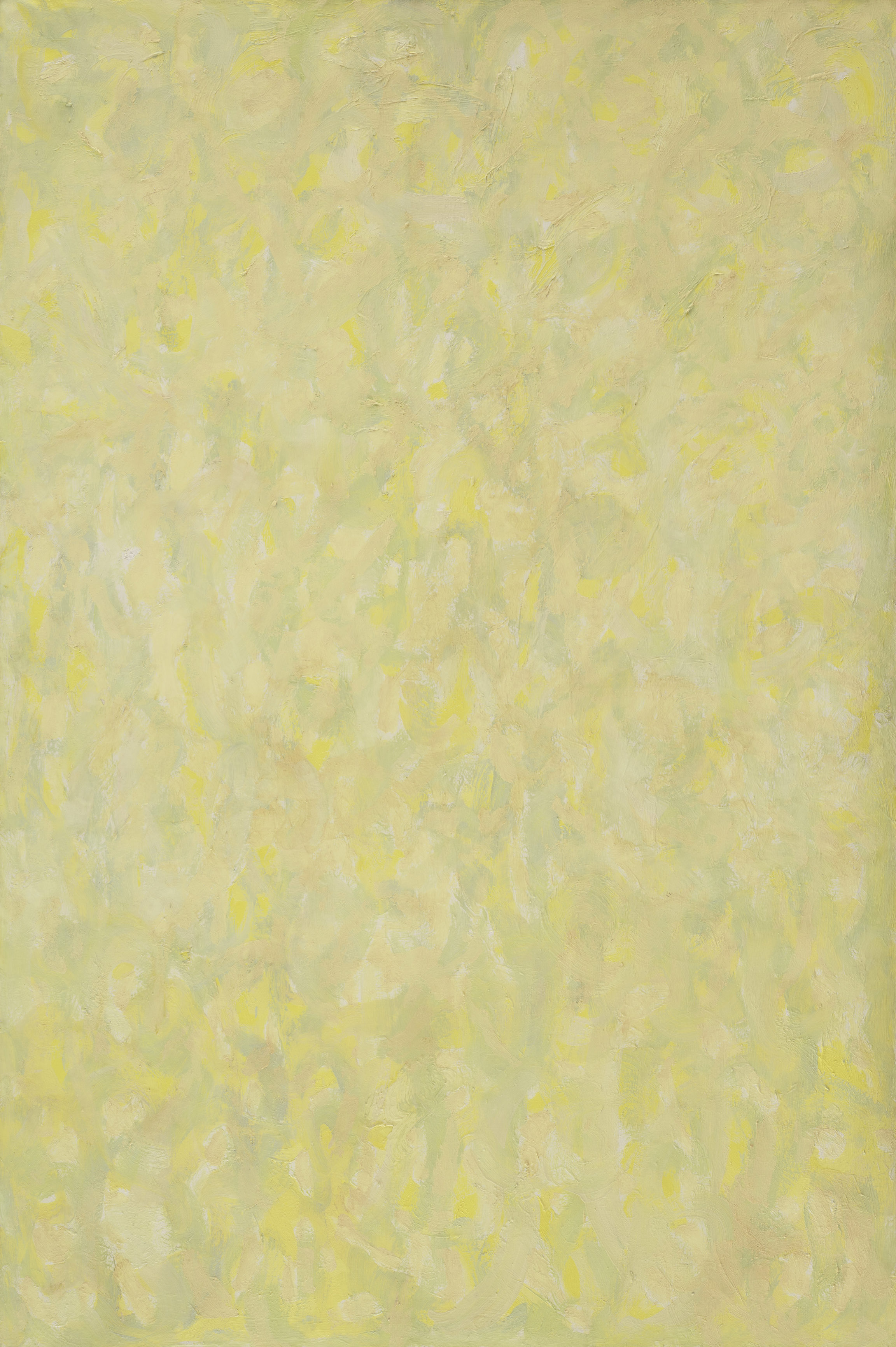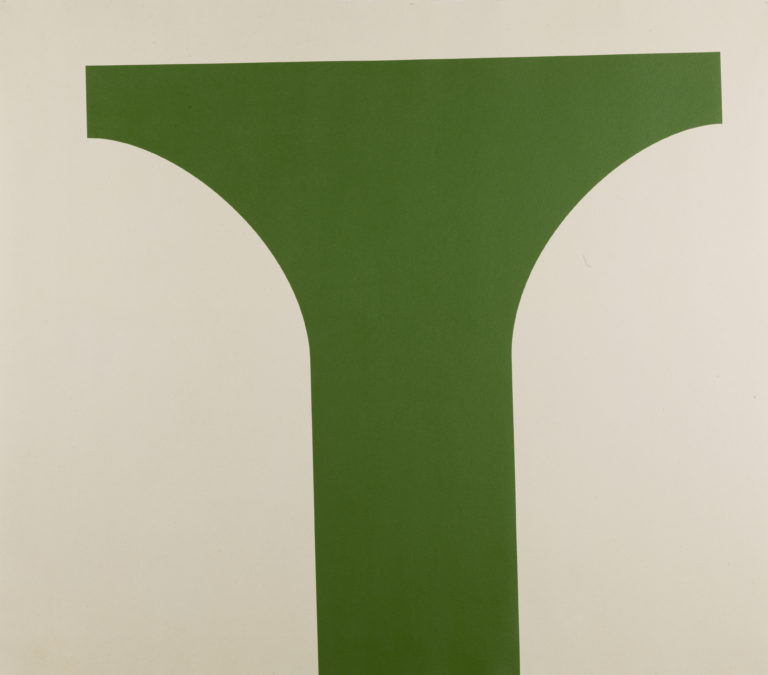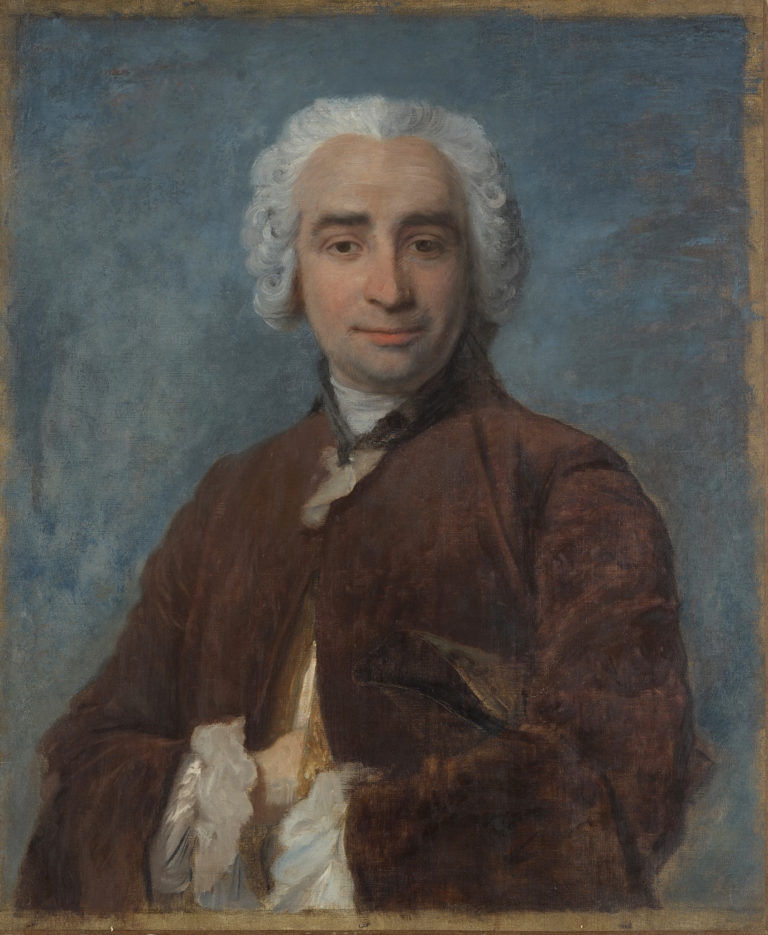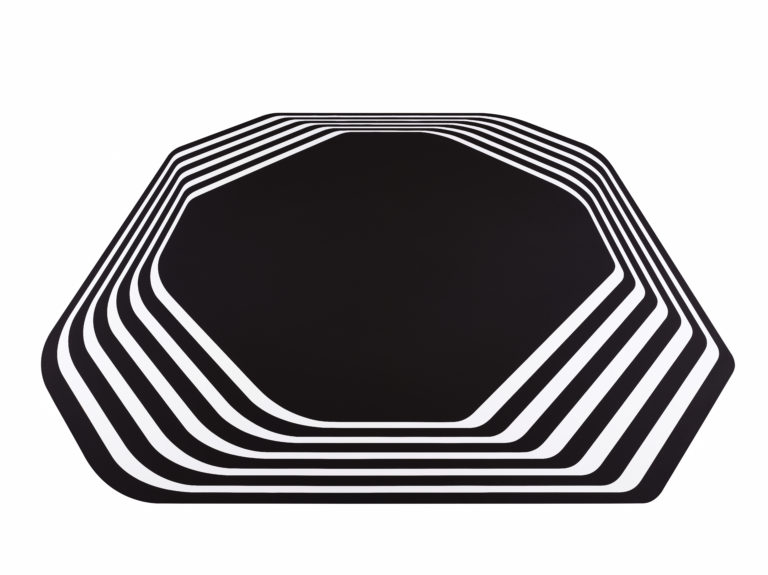On display
The CollectionBibliography
David Lemming (ed.), Beauford Delaney: Liquid Light, Paris Abstractions, 1954-1970, exh. cat. New York, Michael Rosenfeld Gallery, 1999.
Patricia Sue Canterbury (ed.), Beauford Delaney: From New York To Paris, exh. cat. Minneapolis, The Minneapolis Institute of Arts, Seattle, University of Washington Press, 2006.
Stephen C. Wicks (ed.), Beauford Delaney and James Baldwin: Through the Unusual Door, exh. cat. Knoxville, Knoxville Museum of Art, 2020.




Born into poverty and racial segregation, Beauford Delaney left his home state of Tennessee to study art in Boston. He moved to New York in 1929, drawn by the Harlem Renaissance and its revitalisation of African American culture in the interwar years. He became friends with leading Black authors and musicians, many of whom sat for him. His numerous portraits of Black cultural icons include such luminaries as Duke Ellington, W.E.B. Du Bois and, later, James Baldwin.
Delaney was a profoundly introverted, private man who remained a rather isolated figure despite his artistic success. He struggled to reconcile his Blackness and homosexuality in a deeply racist and homophobic society. The rise of a new generation of abstract expressionists in Greenwich Village, where he had a studio, added to his inner turmoil.
He eventually moved to Paris in 1953 on a quest to achieve greater personal and artistic freedom. There he joined a group of Afro-American expats, prompting him to develop his own lyrical abstraction exploring the effects of colour and light. Like this work, his compositions often cover the entire canvas with no hierarchical distinction between foreground and background. This “all over” technique let him sink into a colour, particularly yellow, symbolising the sun. Using this colour became a way to cope with periods of considerable psychological distress and economic precarity. In this particular painting, he combined yellow with green pigments to produce a delicate, shimmering effect that gives a sense of movement and fluidity. He described this effect as “the penetration of something that is more profound in many ways than rigidity of a form,” suggesting that the emotional and expressive quality of colour and texture mattered more to him than strict, defined shapes.